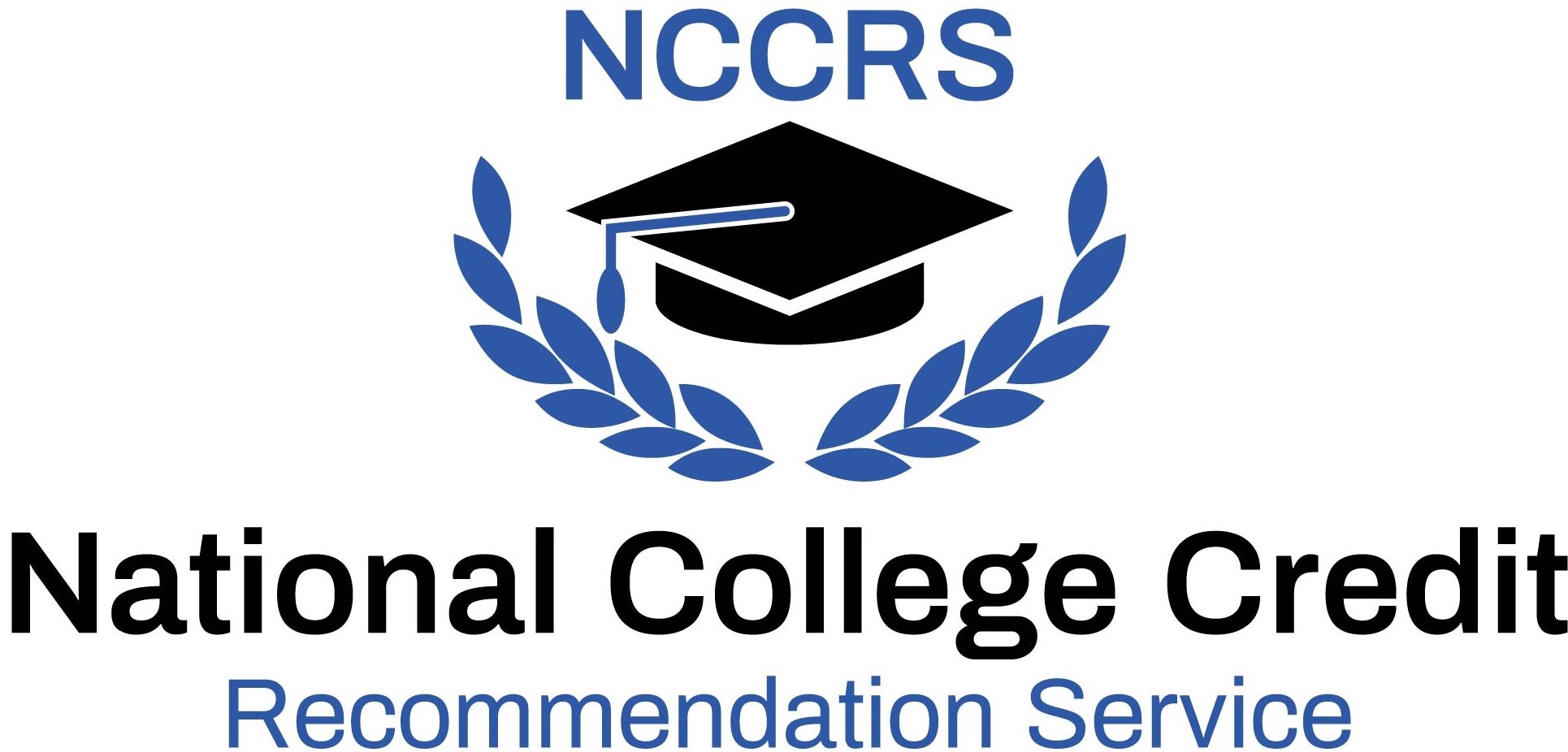International Training Institute for the Sheet Metal and Air Conditioning Industry (ITI) | Evaluated Learning Experience
Welding for the Sheet Metal Industry Curriculum
474 hours completed in 100 weeks and 4,000 hours supervised practical experience over two years.
September 2025 - Present.
Upon successful completion of the course, students will be able to: Demonstrate foundational knowledge of welding history, industry organizations (such as AWS), and the evolution of welding codes, and explain their relevance to current industrial practices; Apply comprehensive safety protocols, including hazard identification, ventilation, fire prevention, and the correct handling of compressed gases, electrical equipment, and confined spaces, in accordance with AWS and OSHA standards; Explain the principles of electricity relevant to welding, including amperage, voltage, polarity, duty cycles, and the distinctions between AC and DC, CC and CV, and effectively apply this understanding to welding operations; Identify and describe the properties, classifications, and behaviors of various common and alloyed metals, including ferrous and non-ferrous materials, and relate these to appropriate welding and heat treatment methods; Interpret welding codes and standards; complete, document, and follow welding procedure specifications (WPS) and welder qualification test records (WQTR) to ensure compliance and traceability; Recognize and accurately interpret welding symbols and documentation, including advanced notation, for effective communication within the workplace and on job sites; Set up, operate, and maintain equipment for thermal cutting processes, including oxyfuel and plasma arc cutting, performing safe, precise cuts on a variety of materials; Safely operate and perform welds using SMAW, GMAW, FCAW, and GTAW processes, demonstrating proficiency in equipment setup, selection of electrodes and shielding gases, and application of process-specific techniques; Produce high-quality welds in a variety of positions and joints (e.g., stringer, weave, fillet, groove) on plate and pipe, using both manual and pulsed process variations, and apply principles of distortion control and joint design.
The instructional objective is to prepare students to be skilled, safety-conscious welding professionals capable of performing high-quality welds and thermal cutting operations using a range of processes and materials, in compliance with industry codes, standards, and best practices, and document and communicate their work effectively within industrial environments.
In the lower baccalaureate / associate degree category, a total of 43 semester hours distributed as: 3 semester hours in Fundamentals of Thermodynamics; semester hours in Industrial Safety; 3 semester hours in Automation Controls; 4 semester hours in Fundamentals of Electrical Systems; 4 semester hours in Electrical Motors and Controllers; 4 semester hours in Commercial Refrigeration Systems; 4 semester hours in Commercial Air Conditioning Systems; 3 semester hours in Piping Systems; 3 semester hours in Chilled water Systems; 3 semester hours in Hazardous Waste; 3 semester hours in System Troubleshooting; 3 semester hours in Performance Assessment; and 3 semester hours in Geothermal and Heat Pump Systems (10/25).



